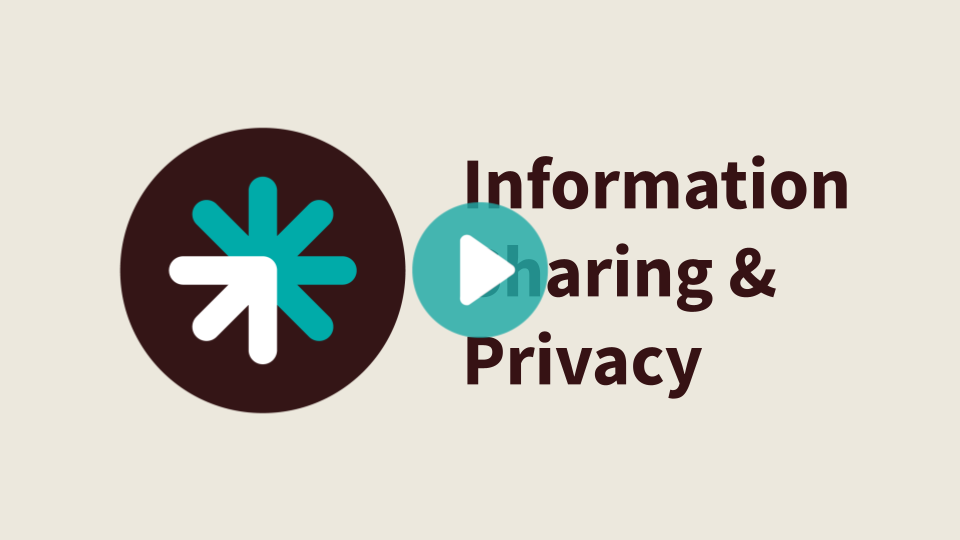We’ve all needed help at some point in our lives, or will need help in the future. At findhelp, we’re committed to the principle that seekers should not be required to give up their privacy in order to receive help. Many people who seek resources are facing a crisis, suffering from abuse, or are newly unemployed. We believe that seekers should have control over their personal information and transparency about who sees it.
That’s why our platform is designed to prioritize user privacy and consent, as I shared in my testimony at The Office of the National Coordinator (ONC) Health Information Technology Advisory Committee (HITAC) March 2022 Virtual Hearing.

This video features my testimony at the March 2022 ONC HITAC.
“People expect this deeply personal information, which is housed in closed-loop referral systems like ours, to only be visible to the organizations and people they choose, transparently.”
For some seekers, harm can come from the approaches of those in our field who use one-time consent models, rather than the per-referral consent model used by findhelp. One time-consent provides open access to seeker data for any organization in the network, which creates a greater risk for privacy infringement. The stakes for failing to protect sensitive data are high, which is why it’s our foremost priority.
“Imagine if you signed one consent to have your information put into a database so you could receive a food referral, but with that one action, more than 120 non-profit organizations in your community, many of which are not covered entities, can now see your financial, social, and medical information in its entirety.”
In my testimony (transcript here), I outlined our core principles for building social care equity into our platform and establishing government partnerships.
We’re dedicated to guarding consumer privacy by:
- Offering self-navigated referrals and anonymous search,
- Requiring customers and community organizations to request permission from the seeker before their private information is shared,
- Tracking consent on each referral,
- Permitting seekers to easily add or revoke organizations’ access to their private referral history at any time, and
- Offering longitudinal referral history to facilitate cross-sector care coordination when agreements are in place within and across sectors.
It’s our mission to connect all people in need and the programs that serve them– with dignity and ease. We’re committed to privacy, equity and interoperability, because we believe that the future of social care is interoperable and equitable, with seekers’ dignity at the center.
About the Author
Jaffer leads findhelp’s customer operations at findhelp, working directly with our sales, customer success, and community engagement teams. He has deep expertise in large-scale technology implementations and healthcare operations. Jaffer previously led enterprise implementations at Epic and has held executive leadership roles in healthcare technology consulting.